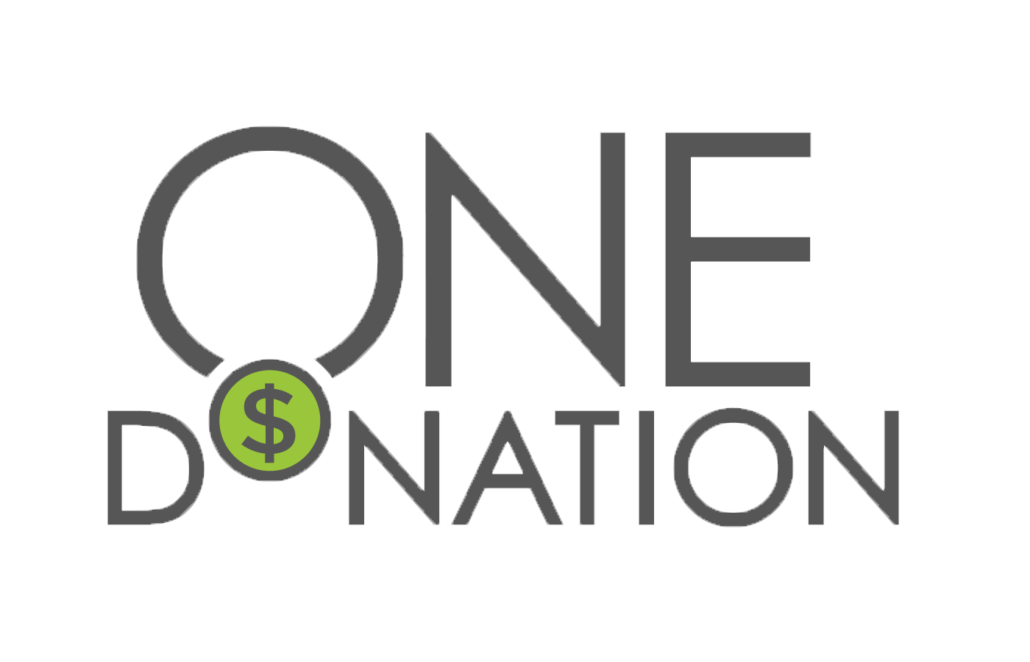Employee engagement works…and that's what you want...right?

Employee engagement has seen a massive rise in popularity over the past few years as data has poured in confirming the positive effects of an engaged workforce. We have found that engaged employees have much lower employee turnover rates, have higher customer service survey scores, and are 32% more likely to apply for new positions within the same company[1].
A recent Hay Group study found that companies with higher engagement bring in as much 2.5x more revenue than companies with lower levels. The data is in, and you must focus on employee engagement to help drive revenue, and it starts the moment that you onboard a new employee.
According to the Harvard Business Review, “a senior director at a U.S.-based global information technology and services company attributed their high employee engagement to selective hiring, continual internal communications, and manager autonomy: “It’s hard to transform people from non-engaged to engaged, so hire really well. Give them messaging a million ways till sundown, and give them a degree of freedom to figure it out. Empower them to do the right thing.””[1]
Here are a few ideas to help as you onboard new employees.
- Do not onboard a new hire on a Monday. Monday’s can be hectic with meetings and all sorts of commotion. Plan for a new hire to come in on a Tuesday as their first day and build a team coffee and or doughnuts around their start time. Have existing team members to stop by and make introductions and welcome the new hire.
- Make new employees aware of reward programs and recognitions that can be gained through positive customer feedback data. Be sure to recognize them early, even if for only a small success.
- Make new employees aware of your focus on providing a career path for growth and find out early what types of learning opportunities they would like to pursue within the company.
A few interesting facts
- Employees who do not feel that their professional development is supported are 3x more likely to job hunt.[2]
- Only 1 in 3 employees feel that they are being recognized when they go the extra mile at work.
- 44% of employees do not feel that they have sufficient opportunities for professional growth in their current position.
Measuring Employee Engagement
According to the Harvard Business Review, ensuring goal alignment is occurring at every level is a key differentiator of highly engaged companies. “Top managers set and communicate business objectives; middle managers are responsible for creating specific objectives; middle managers are responsible for creating specific objectives for employees that support the broader business goals; end employees are given the tools to succeed, some autonomy and accountability to meet tangible goals aligned with corporate goals.” [3]
Once again, the data is in, companies that devote significant time and resources to create meaningful surveys for employees gain meaningful insights into the effectiveness of their engagement programs and initiatives. What is working? What is not working? Are middle managers following direction from upper management? Below are a few questions you may want to ask your employees.
In the past 7 days, someone has recognized me for my work True or False
I have the tools I need to perform my job True or False
My supervisor cares about me True or False
There is someone at work that encourages me True or False
I know what is expected of me at work True or False
My associates are committed to doing quality work True or False
Is our company a great place to work? Yes or No
Are you thinking of getting a new job outside of this company? Yes or No
Are you satisfied with the job that you are doing at this company? Yes or No
Are you proud to work here? Yes or No
Driving a Culture of Engaged Employees
It has been said time and time again that the biggest driver of employee engagement is culture. What are you doing to ensure that your staff feels that their managers care?
- Are managers holding monthly planning sessions to talk with their employees about their career path?
- Are there ample materials available for employees to make their jobs easier? Job aids? Written process guides?
- Are you creating opportunities outside of the work environment for team building exercises?
In conclusion, we live in a data driven business climate and the data clearly points us to the fact that engaged employees help drive the bottom line in a positive direction. Engaged employees produce more, are less likely to leave, and create a better customer experience.
One Donation gives autonomy to employees to make charitable giving decisions on their own while providing the employer the ability to encourage charitable giving as a team so that employee engagement and corporate social responsibility is improved.
[1] 2018 TinyPulse Employee Retention Report
[2] The Impact of Employee Engagement on Performance, A Report By Harvard Business Review Analytic Services 2019
[3] 2018 TinyPulse Employee Retention Report
[4] 2018 TinyPulse Employee Retention Report
One Donation helps companies help communities.
To learn more and make a difference, request a demo with us.
